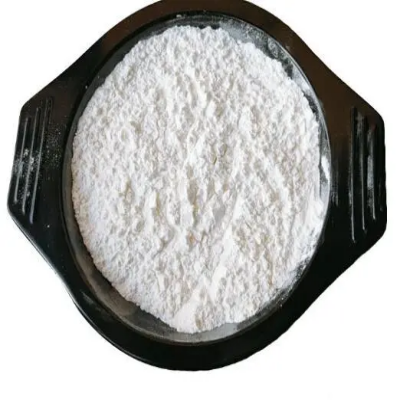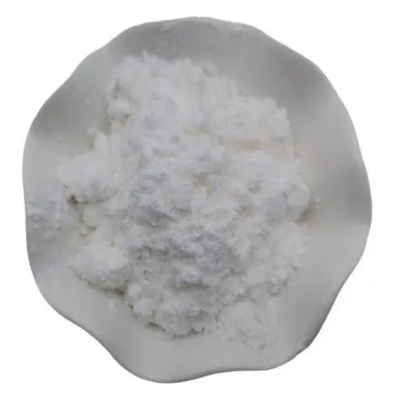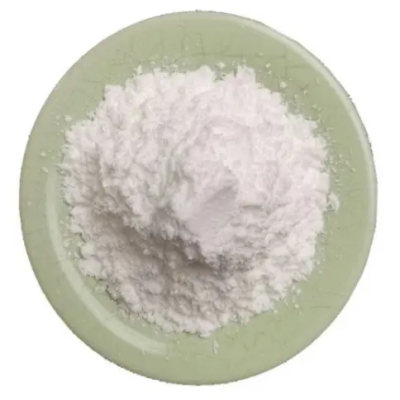Lysergol CAS:602-85-7
Lysergol exhibits diverse uses with implications in pharmacology, medicinal chemistry, and biochemical research. In pharmacological studies, lysergol serves as a valuable tool for investigating the interaction of ergot alkaloids with serotonergic receptors, providing insights into their mechanisms of action and potential therapeutic applications. Furthermore, its structural resemblance to LSD makes lysergol a subject of interest in the field of medicinal chemistry, where it is studied for its binding affinity and activity at serotonin receptors. This research contributes to the understanding of receptor-ligand interactions and aids in the development of novel therapeutic compounds targeting neurological and psychiatric disorders. In addition, lysergol's presence in various fungi and plants has led to its exploration in ethnomycological and ethnobotanical studies, shedding light on its traditional uses in different cultures and its potential pharmacological effects. This research helps uncover the ecological and cultural significance of lysergol-containing organisms and their impact on human health and well-being. Moreover, in biochemical investigations, lysergol serves as a precursor molecule in the biosynthesis of ergot alkaloids, which are known for their pharmaceutical relevance. Understanding the enzymatic pathways involved in lysergol biosynthesis is essential for elucidating the metabolic pathways of these bioactive compounds and exploring their biotechnological production for pharmaceutical purposes. Overall, lysergol's multifaceted uses encompass its roles in pharmacology, medicinal chemistry, ethnomycology, and biochemical research, contributing to the broader understanding of ergot alkaloids and their potential applications in drug discovery, neuroscience, and ethnopharmacology.






| Composition | C16H18N2O |
| Assay | 99% |
| Appearance | white powder |
| CAS No. | 602-85-7 |
| Packing | Small and bulk |
| Shelf Life | 2 years |
| Storage | Store in cool and dry area |
| Certification | ISO. |









